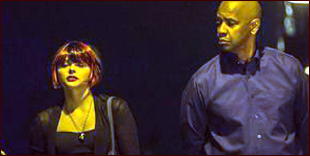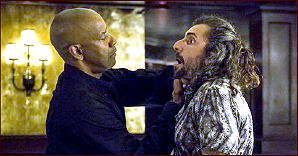Sat 28 Jan 2017
Mystery Review: HUGH PENTECOST – The Girl with Six Fingers.
Posted by Steve under Bibliographies, Lists & Checklists , Characters , Pulp Fiction , Reviews[6] Comments
HUGH PENTECOST – The Girl with Six Fingers. Dodd Mead, hardcover, 1969. Zebra, paperback, John Jericho series #5; 1st printing, June 1974.
John Jericho is a massive bulk of a man, six feet six inches tall, and two hundred and forty pounds of solid bone and muscle. With a beard of flaming red, he looks like a Viking warrior. In reality he is an artist of some renown, based in Manhattan and fiercely dedicated to the cause of justice. All conservative causes beware!
His stories are told by a much less impressive gent named Arthur Hallam, a writer with several novels to his credit but little acclaim. But the two are friends and had six book-length adventures together, plus a large number of novelettes and stories, all appearing in Ellery Queen’s Mystery Magazine between 1964 and 1987.
It should also be pointed out that both Jericho and Hallam had a previous incarnation as long-standing members of The Park Avenue Hunt Club, with many recorded adventures appearing in the pulp magazine Detective Fiction Weekly in the 1930 and early 40s. Jericho was then a big game hunter, Hallam a bespectacled intellectual type, with the third member being actor Geoffrey Saville. They were on occasion assisted by their Oriental servant, Wu.
While the title of this later adventure is intriguing — and so is the cover! — it has an easy, more or less mundane explanation. The girl is on an LSD trip and is only imagining the extra finger. The other girl, the one shown on the cover in multi-colored paint, is otherwise nude and is/was the star attraction to a Happening on an exclusive estate somewhere in the wilds of rural Connecticut.
What brings the outraged Jericho and Hallam into the story is that the event was raided by a non-approving self-organized right-wing militia, and the girl dancing has disappeared. Pentecost pulls out none of the stops in the tale that follows, not really a detective story at all, but a wild and woolly pulp story updated to the Swinging Sixties.
Unfortunately, and I cannot tell you why, but I think detective stories dealing with hippies, drugs and love-in’s have dated even more than tales written in the 1930s taking place in manor houses and rich people’s estates. It may also be that Pentecost (pen name of Judson Philips, 1903-1989) really wasn’t writing on the basis of personal experience, but perhaps second- or even third-hand knowledge only.
Nevertheless, the story, previous caveat aside, kept me well occupied for the first leg of a cross-country flight from CA to CT earlier this week.
The John Jericho series —
Sniper (1965)
Hide Her From Every Eye (1966)
The Creeping Hours (1966)
Dead Woman of the Year (1967)
The Girl With Six Fingers (1969)
A Plague of Violence (1970)

